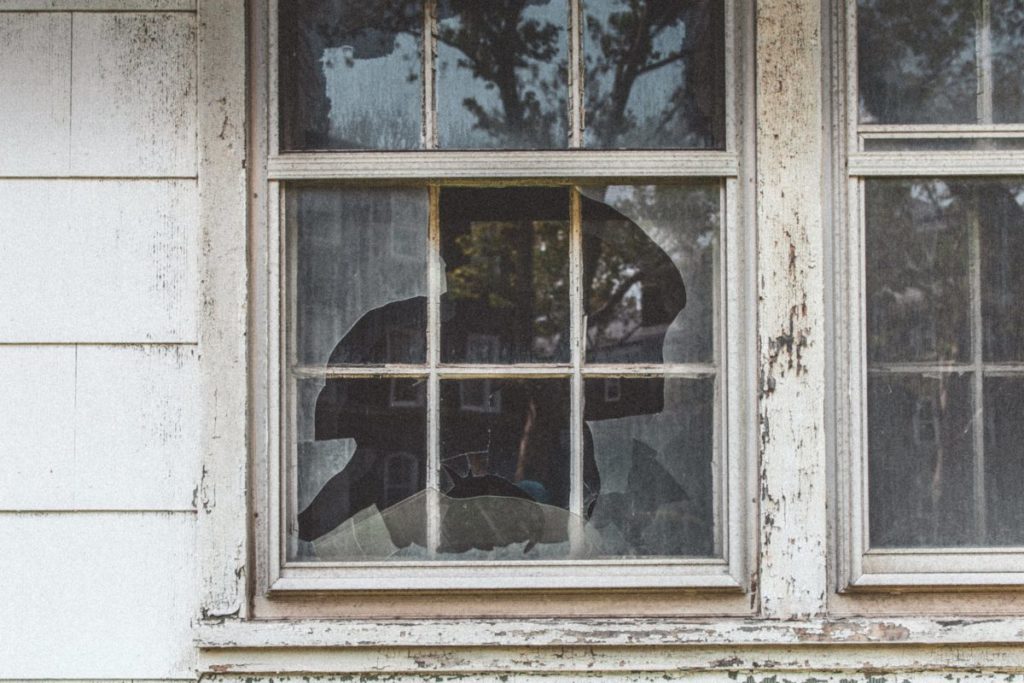
Picture this: a brick hurled through the window of a home, with the warning “JUST THE BEGINNING” spray painted on the wall. While this may sound like a scene from an old mobster movie, it’s actually a real-life incident that happened last year to a woman journalist in New Hampshire as part of an apparent intimidation campaign after she released a podcast investigating alleged sexual misconduct.
Attacks like these are becoming more common, according to author Brooke Kroeger, who recently wrote about the topic for The Fuller Project. While male journalists may also be targeted, women tend to face more vicious attacks, from cyber threats to physical violence.
Kroeger has established herself as an expert on challenges facing women journalists – and not just because she is one herself. In her latest book, “Undaunted,” she profiles some of our country’s most influential women journalists from the Civil War era to now and how they overcame adversity.
Recently, we had a conversation with Kroeger about her book and challenges facing women journalists.
Responses have been lightly edited for length and clarity.
Why are women journalists uniquely subject to attacks?
Women and men write about the same incendiary topics – so why is it women who are getting these hideous, atrocious responses from trolls online? I think it grows out of a lot of old ideas about women that have this very long half-life. We have a long history of perceiving women as more fragile than men. Attacks on those with fewer defenses – think children, the elderly and then add in women – are always seen as the most horrific. It’s easy to see how women make sense as the readier targets, in a media context. Couple that with the often inadequate barriers the platforms – or in some cases, their employers – have put in place to shield them. I set a Google alert on women in journalism, and stories come up almost daily of things happening to women online and offline, related to what they write.

Your book examines the best-remembered women journalists (Nellie Bly, Ida Tarbell and Ida B. Wells) and long-forgotten ones. What are the historic challenges that women journalists have faced?
The first challenge was that women were not in newsrooms, period. That’s the first big block, and the women who could leap over it were very special. I was really struck by how hard it was to change the negative impression of women, the impression that they didn’t have the intellectual ability to do this work. Some editors believed in these falsehoods vehemently, that women were conniving or manipulative. That really hurt everyone. Women were constantly having to fight against impressions of them that were not fair.
How do the struggles of those early women journalists compare to those of women journalists under attack today?
The attacks I give examples of in the book tend to be more hurtful and insulting than severely threatening – save the war-related deaths, captures and injuries, which are not necessarily about gender. The attacks I highlight in the book generally come from colleagues or bosses, not from outside agitators.
Why are these attacks from outside agitators so prevalent now?
I spoke about this with Kiran Nazish, the founding director of the Coalition for Women in Journalism. Everyone points to the authoritarian movement [in the U.S. and other places around the world, encouraging attacks on ‘outsiders’]. But I asked her, what about #MeToo? And she said men are feeling like they’re losing their armor a bit with women advancing in various fields. You take 130 years of negative descriptors about women, things that women were subjected to until the 1980s – even by other women. It was this culture of describing people by their appearance, that sort of thing. All of that weighs deeply. Women have been kept out of training for important positions, and this went on for 150 years. That’s a long entrenchment to get over, even if we’ve had 40 years or so of improvement. That’s why the timeline is so interesting, because you really could see how long it takes to undo something like that.
Are there any lessons in the book you’ve applied to your own life?
Well, my life is almost over [laughs] – so no. But I will tell you this book is a career manual. There are lots of role models in the book. I think it’s very helpful to see both their leadership and reporting style, and how they deal with colleagues. Some are awful and some are just fabulous, but all are successful. And then there are some spectacular failures after great careers, and those are painful but important to look at.



